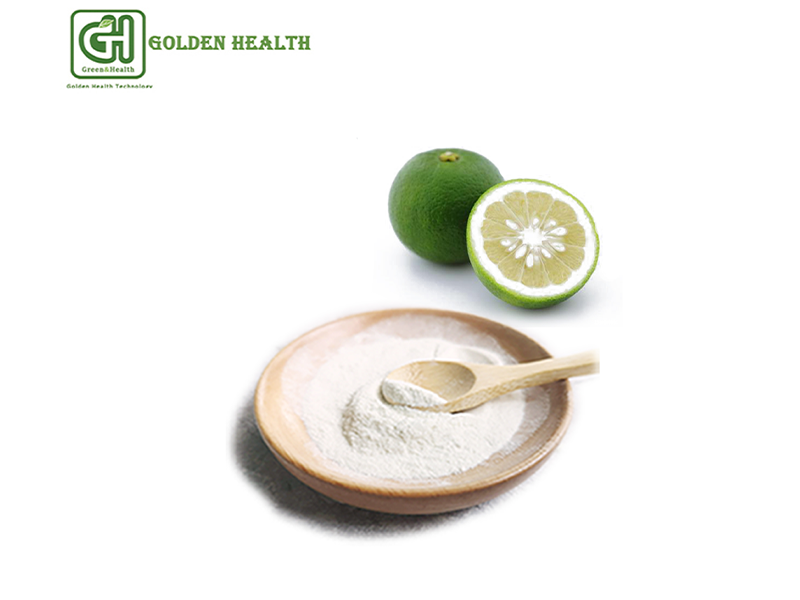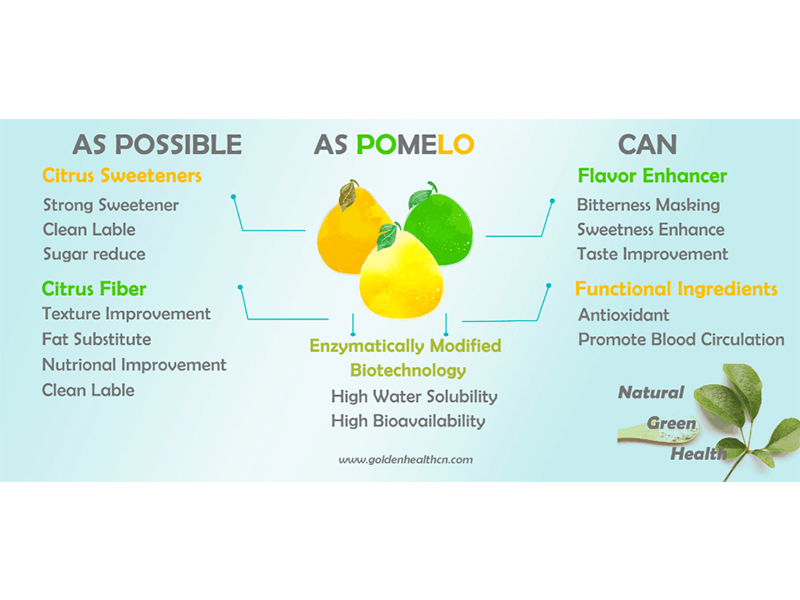Introduction to several common Sweeteners
Sweetener, as the name suggests, is a substance that adds sweetness to food, and it is also one of the most used food additives in foods all over the country. Let's briefly introduce several common Sweeteners as examples.
Let me talk about saccharin first. It is estimated that it will evoke the memories of many post-80s readers. In the old days when snacks were scarce, putting a few tablets in the water could make the water sweet, and sometimes putting a few more tablets in the water would make the water bitter. , What a magical "sugar". Saccharin exists in the form of sodium salt, and its sweetness is 300-500 times that of sucrose. The disadvantage is that it has a metallic bitter taste when used in large quantities. Regarding its carcinogenicity, the earliest research proved that saccharin intake is related to mouse bladder cancer and its use was restricted. However, later studies found that it is not a strong carcinogen and should only be considered to cause human bladder cancer. Potential risk factors. It is safe to use as required within the specified range of use. my country stipulates that the scope of use of sodium saccharin is frozen drinks, dried mangoes, dried figs, jams, candied fruits, compound seasonings, mixed wines, etc. The maximum use amount is 0.15-5.0g/kg.

Acesulfame K is a kind of high-strength Sweetener with a taste similar to sucrose, and its sweetness is 200 times that of sucrose. Its taste is refreshing, without any unpleasant aftertastes such as bitterness, metal, or chemicals. A large number of test results have confirmed its safety and no side effects. It has a synergistic effect when mixed with other Sweeteners. my country stipulates that Acesulfame K can be used in flavored fermented milk, canned fruits, candies, baked goods, condiments, beverages, jellies and other foods, and the usage range is 0.3-4.0g/kg.

